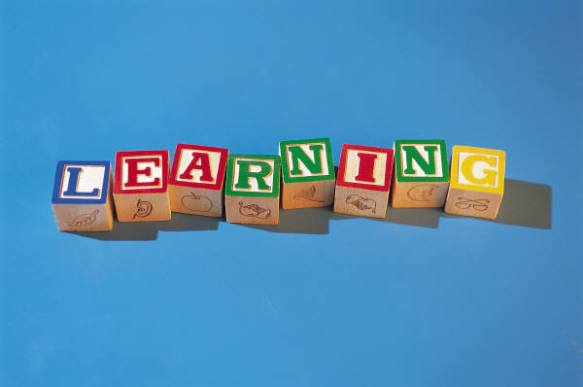by Neva Fenno, M.S.Ed. MLIS
Every profession has its list of acronyms. As a writer, I hate them because they obfuscate meaning and signal that “an expert” is coming. There’s a very good website dictionary of acronyms across all fields here:
http://www.acronymfinder.com/ADHD.html
If you look closely at the URL, you can find any acronym by typing in the base address (acronymfinder.com) then / then the acronym followed by .html. Special Education seems to have more than its fair share of acronyms to muddy the waters of professional conversation.
In this case, ADHD stands for “Attention Deficit/Hyperactivity Disorder”. It is a condition standing in the way of a child’s ability to absorb information from books and understand what is said in the classroom. There are 6.4 million identified ADHD children in this country, or a whopping 11% of our kids.
Some of the symptoms of ADHD include:
- Difficulty concentrating, following directions and staying on task.
- Impulsiveness, interrupting, loss of emotional control.
- Hyperactivity – more than just squirming, a real inability to sit still for any length of time.
There are three distinct types of ADHD:
- Inattention
- Hyperactivity
- Combined
The diagnosis is often applied to kids who are making teachers’ lives miserable – you know who they are, they live in every classroom. There must be a rigorous professional evaluation with input from parents and family, school psychologists, physicians, and school administrators for accurate ID. The symptoms must be severe enough to cause disruption in learning, not the disruption of a teacher’s day. Sometimes it’s hard to tell the difference, but it is imperative to make the distinction.
There has been a 42% increase in the incidence of the diagnosis from 2003 – 2012. Why? There aren’t more children, but there are now more sophisticated measures of behavioral markers and tests to document failure in academic achievement. Boys are two times more likely to exhibit symptoms than girls.
Causes vary; the most accurate description is still “we’re just not sure.” It seems to be a combination of brain injuries, genetics and environment. Many professionals point to alcohol and smoking during pregnancy as causative factors. For treatment, the most effective protocols seem to be combinations of behavioral therapy, social skills, and medication (psychostimulants and antidepressants.) Judicious application of medication for hyperactivity may be all that’s necessary to see improvement. This suggests a chemical imbalance is at work in some children.
We know that good teachers will apply some hard-earned wisdom to help the child succeed:
- Get organized, have supplies and books stored in the same place every day.
- Avoid distractions, be careful with computer use for ADHD children, they may become dependent on them.
- Limit choices; make directions and instructions very clear and consistent.
- Provide simple and clear communication.
- Use goals and rewards, contract learning can be very effective.
- Use timeouts and removal of privileges instead of yelling.
- Create a rigid routine, ADHD children thrive in a structured environment.
You may ask, if computers are such attractive learning tools for these kids, why not use them all the time? The answer is kids need many problem solving tools to get along.
As is my habit, I’ve created a list of quality resources to help teachers create great conditions for learning in their classrooms (acronym alert!):
UDL – Universal Design for Learning
RTI – Response to Intervention
CEC – Council for Exceptional Children
AACAP – American Academy of Child and Adolescent Psychiatry
CHADD – Children and Adults with Attention-Deficit/Hyperactivity Disorder
Help4adhd.org – National Resource Center on ADHD
Additude – Living well with attention deficit.
Add to our list, help guide this blog, and tell me about your challenges and favorite acronyms. I may feature your class or school in upcoming blog entries.
Grant Name: Teacher Art Grants
Funded By: P. Buckley Moss Foundation for Children’s Education
Description: The P. Buckley Moss Foundation for Children’s Education aids and supports teachers who wish to establish an effective learning tool using the arts in teaching children who learn differently. They look to support new or evolving programs that integrate the arts into educational programming.
Program Areas: Arts, Special Education
Eligibility: Public School, Private School
Proposal Deadline: 9/30/2014
Average Amount: $250.00 – $1,000.00
Address: 152 P. Buckley Moss Dr, Waynesboro, VA 22980
Telephone: 540-932-1728
Website: P. Buckley Moss Foundation for Children’s Education
Availability: All States

